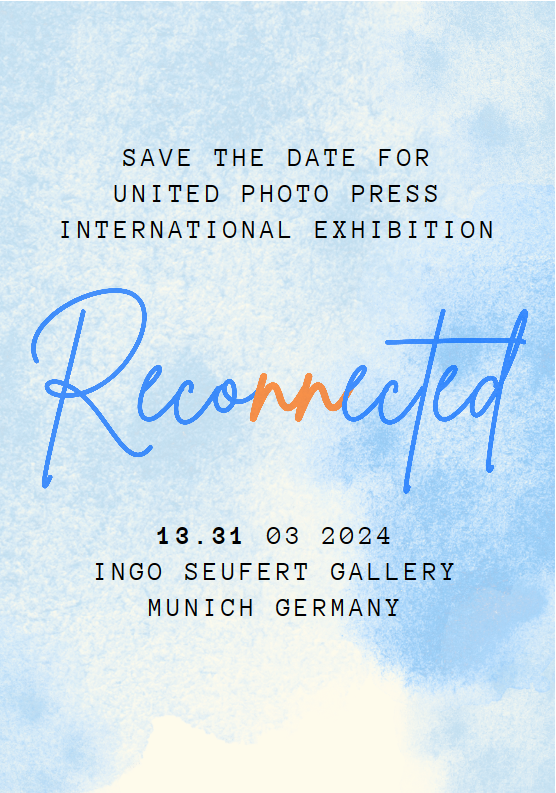The photographer from United Photo Press, Alex Burgaz are in the Dominican Republic.
The Dominican Republic is a nation on the island of Hispaniola, part of the Greater Antilles archipelago in the Caribbean region. The western third of the island is occupied by the nation of Haiti, making Hispaniola one of two Caribbean islands that are shared by two countries. Both by area and population, the Dominican Republic is the second largest Caribbean nation (after Cuba), with 48,442 square kilometres (18,704 sq mi) and an estimated 10 million people.
Inhabited by Taínos since the 7th century, the territory of the Dominican Republic was reached by Christopher Columbus in 1492 and became the site of the first permanent European settlement in the Americas, namely Santo Domingo, the country's capital and Spain's first capital in the New World. In Santo Domingo stand, among other firsts in the Americas, the first university, cathedral, and castle, the latter two in the Ciudad Colonial area, a UNESCO World Heritage Site.
After three centuries of Spanish rule, with French and Haitian interludes, the country became independent in 1821 but was quickly taken over by Haiti. Victorious in the Dominican War of Independence in 1844, Dominicans experienced mostly internal strife, and also a brief return to Spanish rule, over the next 72 years. The United States occupation of 1916–1924, and a subsequent, calm and prosperous six-year period under Horacio Vásquez Lajara, were followed by the dictatorship of Rafael Leonidas Trujillo Molina until 1961. The civil war of 1965, the country's last, was ended by a U.S.-led intervention, and was followed by the authoritarian rule of Joaquín Balaguer, 1966–1978. Since then, the Dominican Republic has moved toward representative democracy, and has been led by Leonel Fernández for most of the time after 1996.
The Dominican Republic has the second largest economy in the Caribbean and Central American region. Though long known for sugar production, the economy is now dominated by services.The country's economic progress is exemplified by its advanced telecommunication system. Nevertheless, unemployment, government corruption, and inconsistent electric service remain major Dominican problems. The country also has "marked income inequality".
Photography Alex Burgaz
Photography Alex Burgaz




